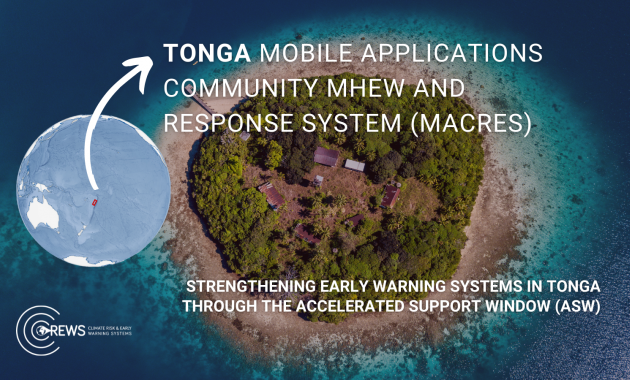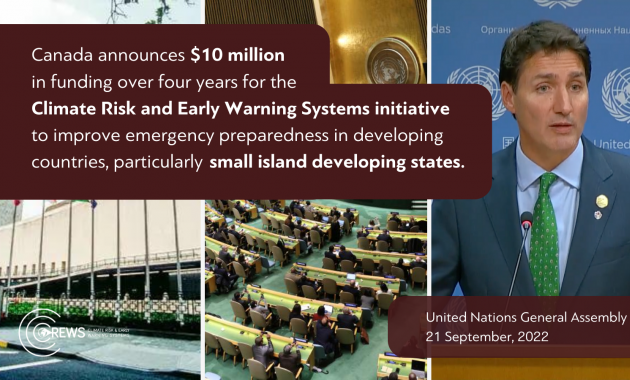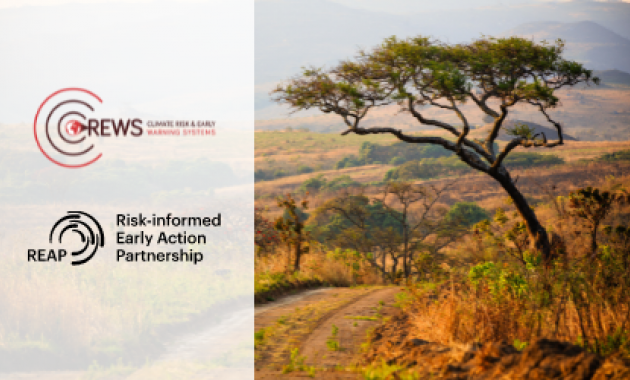Port Moresby hosted the kick-off workshop on 18 February for the launch of the CREWS-Papua New Guinea project. The three- year project will build capacity for climate services in order to enhance EWS and strengthen resilience to climate change. Some 85% of Papua New Guinea’s population of almost seven million rely heavily on agriculture for a subsistence livelihood and face multiple climate-related challenges, including severe drought. The project will strengthen national climate services in support of the agriculture and food security as well as for clean power generation and disaster risk reduction. Accurate and timely information about the current state of the climate and improved subseasonal-to-seasonal climate predictions will also benefit decision-making to better manage water resources and sanitation impacts of drought as well as many other sectors.
The Port Moresby workshop participants were introduced to a new operational climate forecast system for multi-week, monthly, seasonal and longer-range climate outlooks, which will assist climatologists with the production of national temperature and rainfall outlooks. The US$ 1 650 000 CREWS-Papua New Guinea project is a joint effort between WMO, the Government of Papua New Guinea, and the Australian Bureau of Meteorology, funded by the governments of Australia, France, Germany, Luxembourg, the Netherlands and Switzerland.
The CREWS Initiative project in Fiji targets early warning systems for riverine and flash floods. More than 1.2 million people in Fiji have been affected by riverine and flash floods in the last 30 years, and over 200 have lost their lives. In order to provide authorities and people living in exposed areas with more timely and accurate warnings, the Fiji Meteorological Service (FMS) will implement the Global Flash Flood Guidance System (FFGS).
During an initial Planning Meeting for implementation in November 2018, experts from WMO, the Hydrologic Research Center (HRC), National Institute of Water and Atmosphere (NIWA) of New Zealand, and NDMO met at FMS headquarters in Nadi to map out the operationalization of the system. Training of weather forecasters, hydrologists and disaster managers to use Fiji’s FFGS products to support development and dissemination of warnings for precipitation-induced flash floods is now ongoing. The project will develop riverine and flash flood forecasts and warning products tailored to Fiji’s needs and will complement its existing monitoring, forecasting and early warning systems. Collaboration will also be enhanced between the Fiji Meteorological Service, water management agencies and the National Disaster Management Office to reduce losses and deaths from flash floods.
Fiji’s flash flood forecasts will also connect with similar efforts worldwide as part of this joint effort between WMO, the Hydrologic Research Center and the Government of Fiji. The implementation is supported by the three-year CREWS Initiative for the Pacific Small Island Developing States, which benefits from a US$ 5 million funding from Environment and Climate Change Canada.









